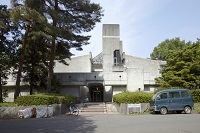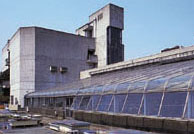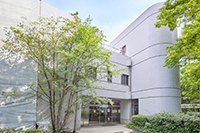NIES's Site Layout 3

In this laboratory, radioisotopes are used to facilitate studies of the transport, accumulation, chemical conversion and toxicity of environmental pollutants in plants, animals, soil, water and the atmosphere. The use of 36 b and g emitting isotopes is permitted, but the use of a emitters is forbidden.


The facilities of this unit facilitate study of groundwater transport and coastal water quality. A large ocean microcosm is uniquely equipped to permit culture of marine algae and studies of CO2 dynamics and elemental cycles.
This facility collects, characterizes, cultures and distributes strains of microorganisms. Many of the strains in the collection are important for the study of red tides and other phytoplankton blooms (including toxic algae), bioremediation, pollution bioassays and carbon cycling.

In order to enhance research relating to microbes that are important for environmental studies such as hazardous substance decomposing microbes, and to preserve experimental materials for conservation studies, a new building is being constructed as an annex of the Microbial Culture Collection Building at NIES. The new facilities consist of rooms for cryopreservation, identification and classification, evaluation of functions, genetic analysis, and databases of environmental microbes.